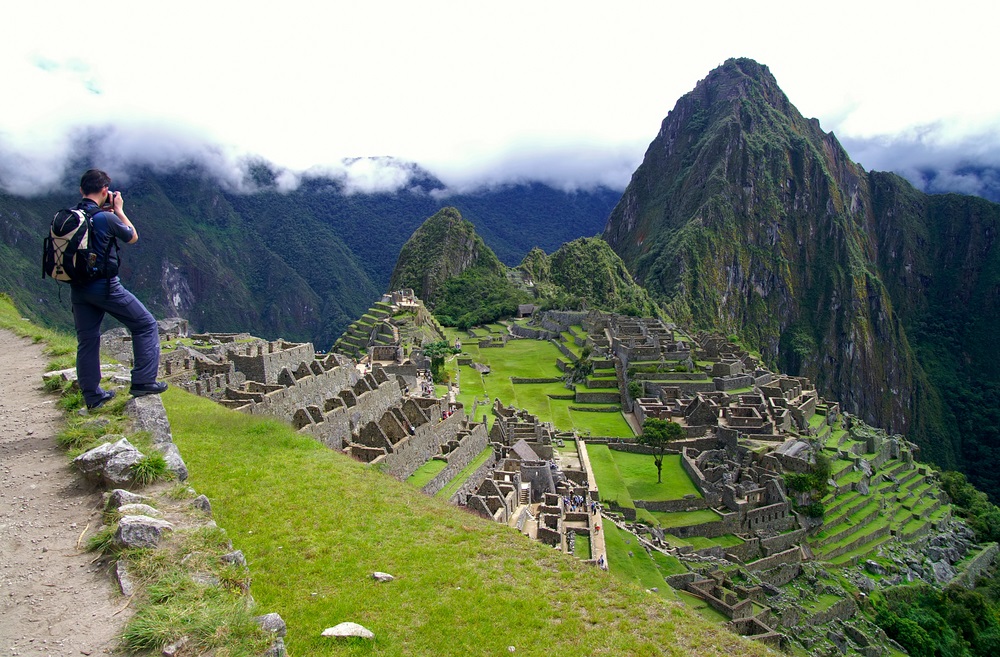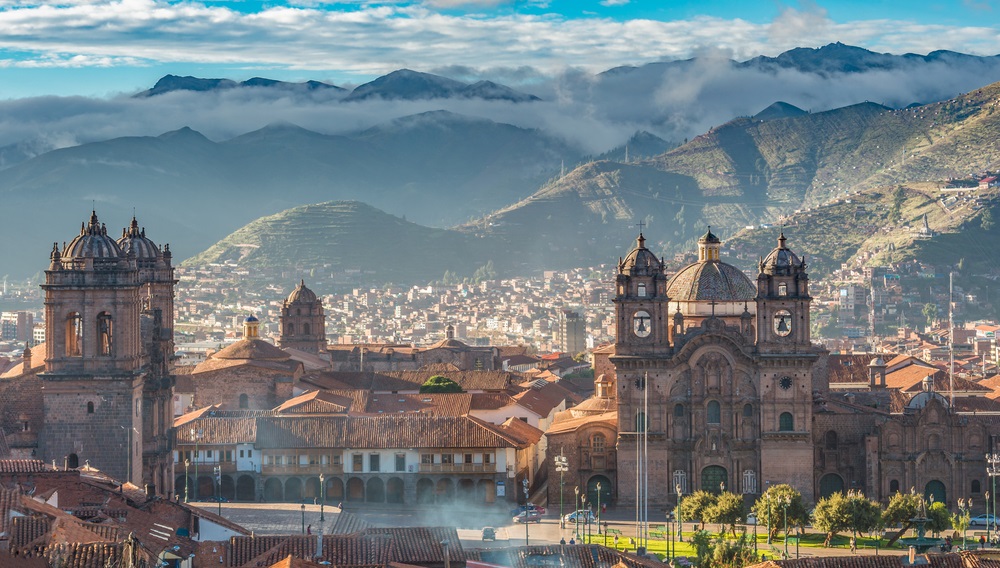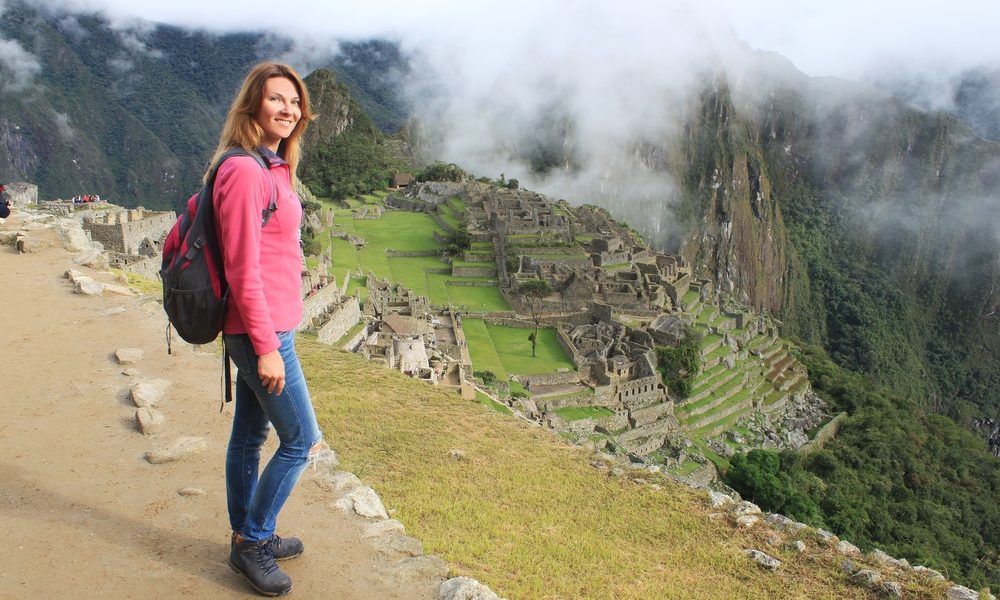Most people falsely assume that Machu Picchu will be one of the highest places they’ll visit in Peru, when in fact it is a mere 7,972 feet above sea level – well under the 9,000 feet normally required to make one feel nauseous and short of breath. Cusco’s altitude, on the other hand – 11,000 feet above sea level, same as that of the tree line in Rocky Mountain National Park – is not something to be taken lightly. Nor is the surface elevation of Lake Titicaca, which, at 12, 501 feet above sea level, is sure to give you a splitting headache despite the stunning views, especially if you fly direct without stopping at a lower elevation to acclimatize, a process that normally takes two to three days.

It may not make sense at first, but the best way to avoid altitude sickness in Peru is to start your trip in Aguas Calientes – 6,693 feet above sea level – stay a day or two, and then climb another thousand feet to Machu Picchu. By the time you visit Cusco, your body will have adjusted to the lower oxygen levels, and you will be able to visit the Inca temples and shop at the local markets without dragging your feet.

Granted, most Machu Picchu tours follow the path of least resistance, and as the closest airport to Machu Picchu is in Cusco, it’s very likely you’ll begin your trip there. If this is the case, your best option is to take the train to Machu Picchu, the details of which we’ll flesh out in Part II. If you have chosen a package that begins in Cusco with an in-depth city tour, arrive two days early, kick back, and relax. Do not engage in any activities that might leave you short of breath!






There are no comments.